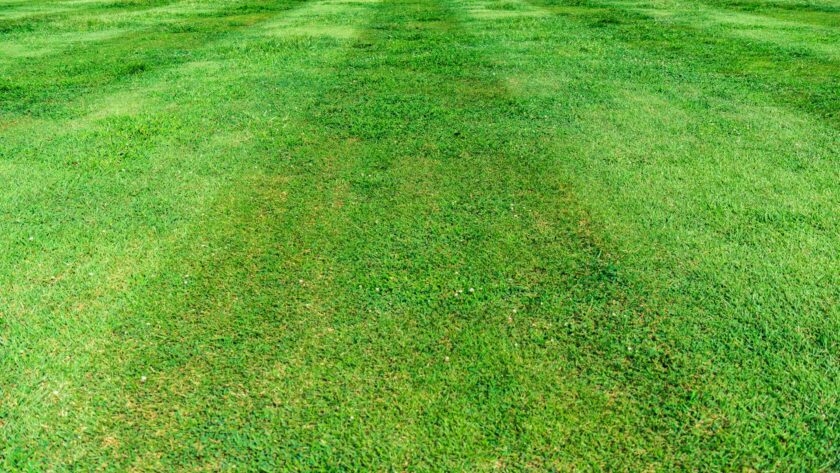Overseeding can give you the lush lawn you want without planting from scratch. This technique thickens your grass and makes it more difficult for weeds to grow in the same area.
It’s best to overseed in the fall or spring. Remember that you’ll need to dethatch before overseeding and keep the soil moist but not soaked.
Size
Using a spreader to disperse grass seed evenly over lawn areas can save time, money, and frustration. Get it right, and the results can be superb. Get it wrong; your lawn can look patchy or suffer from poor germination and growth.
Overseeding your lawn is best done in late summer or early fall. This is when soil temperatures are optimal for optimum grass seed germination. Plus, it establishes your new turf before colder weather sets in.
To ensure the correct sizing of your power seeder, follow the seed brand’s recommendations for the specific grass variety you are planting.
Power
Like aeration, power seeding thickens your lawn, making it less hospitable to bugs and weeds. It’s best done in the fall so new grass can proliferate before winter weather.
A grass seeding machine uses specialized equipment to turn up the soil, which allows for better seed-to-soil contact and increases the germination rate. This process also eliminates the need for straw, which can damage existing turf.
You are choosing a power seeding machine that matches the recommended coverage rates for your specific type of grass. Otherwise, you’ll end up with bare spots or waste seeds. A good quality spreader will have a gauge on the hopper that lets you know when you’ve reached your desired coverage rate. Then, you can switch to a different setting and continue until the job is done.
Weight
When choosing a spreader, consider its capacity and weight. For small lawns, a lighter model may be sufficient. For more extensive lawns, a heavier model will ensure you can see the area without refilling as often.
Before seeding, you’ll need to calculate the amount of seed needed. You can use a grass seed calculator or read the product label.
If you’re overseeding, be sure to dethatch your lawn if the thatch is over 1/2-inch thick. This will help your grass seed germinate. Removing large rocks or other debris from the lawn before overseeding is also a good idea.
Adjustability
There are two main types of grass-seeding machines. One, known as a slice seeder, has vertical blades that cut narrow furrows at adjustable depths in the lawn soil, dropping grass seed from hoppers on the back of the machine. This allows the seed to contact the soil directly and germinate quickly.
Overseeding is excellent for thickening thin, dead, or bare lawn areas. It is best done in the fall when excellent soil and atmospheric temperatures are conducive to fast germination. However, you can also oversee it in spring if your lawn features warm-season turfgrasses. The key is to choose a premium lawn grass seed formulated for your growing region and apply a healthy dose of high-performance lawn food.
Capacity
The seeding machine you choose can make a big difference in the success of your lawn. One of the most popular methods is called slit seeding (also known as slice seeding).
This method improves the seeds’ contact with the ground, which helps them germinate better than scattering seeds. Over time, the new grass thickens and crowds out weeds, creating a healthier and weed-resistant lawn.
Using a suitable seeding machine can also help you reduce the fertilizer your yard needs to thrive. A professional soil test can guide your decisions, reducing wasted product and costs while giving your yard the desired results.




